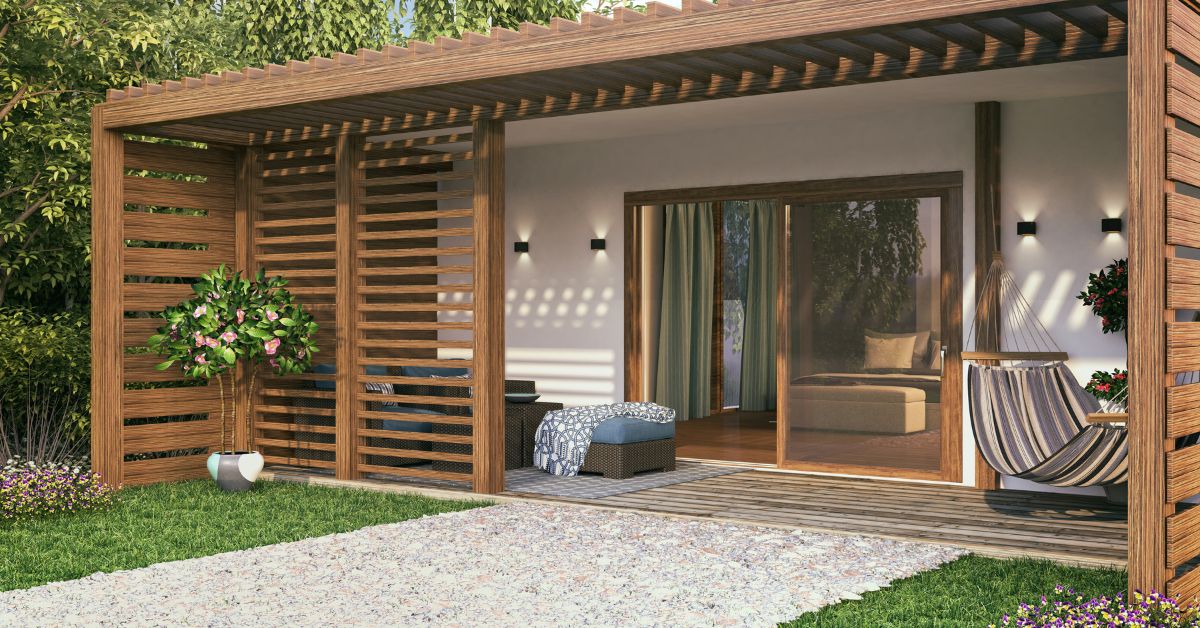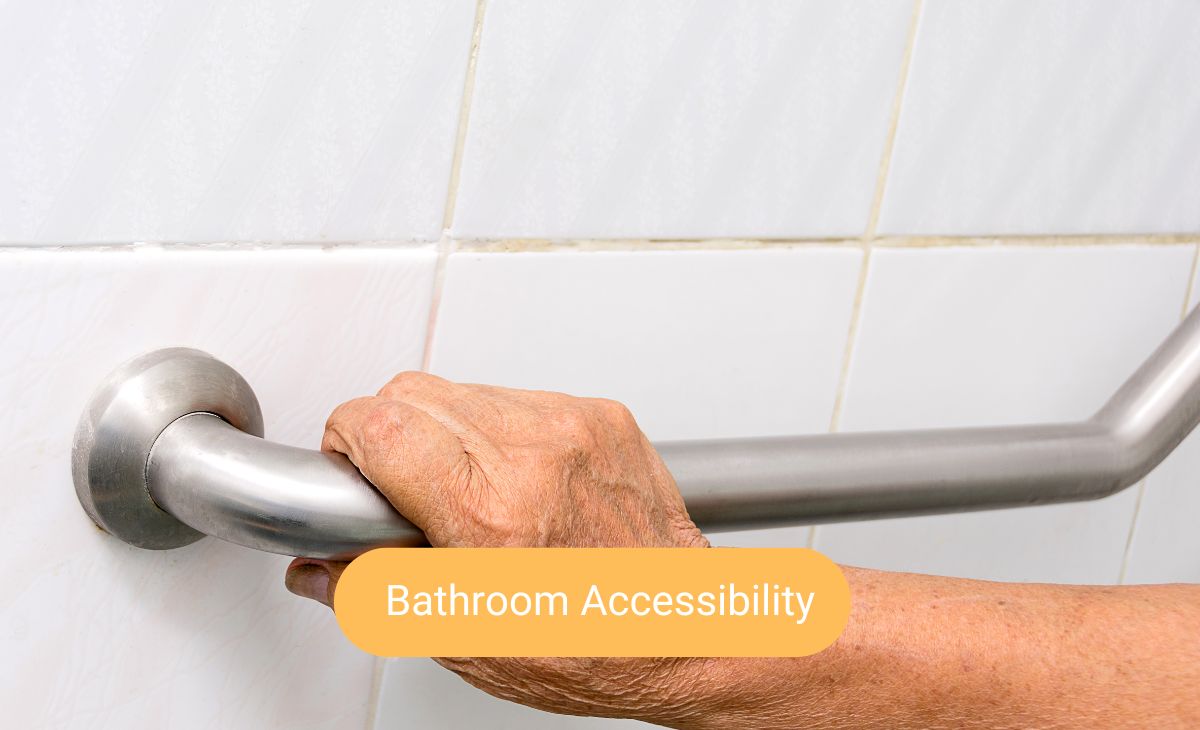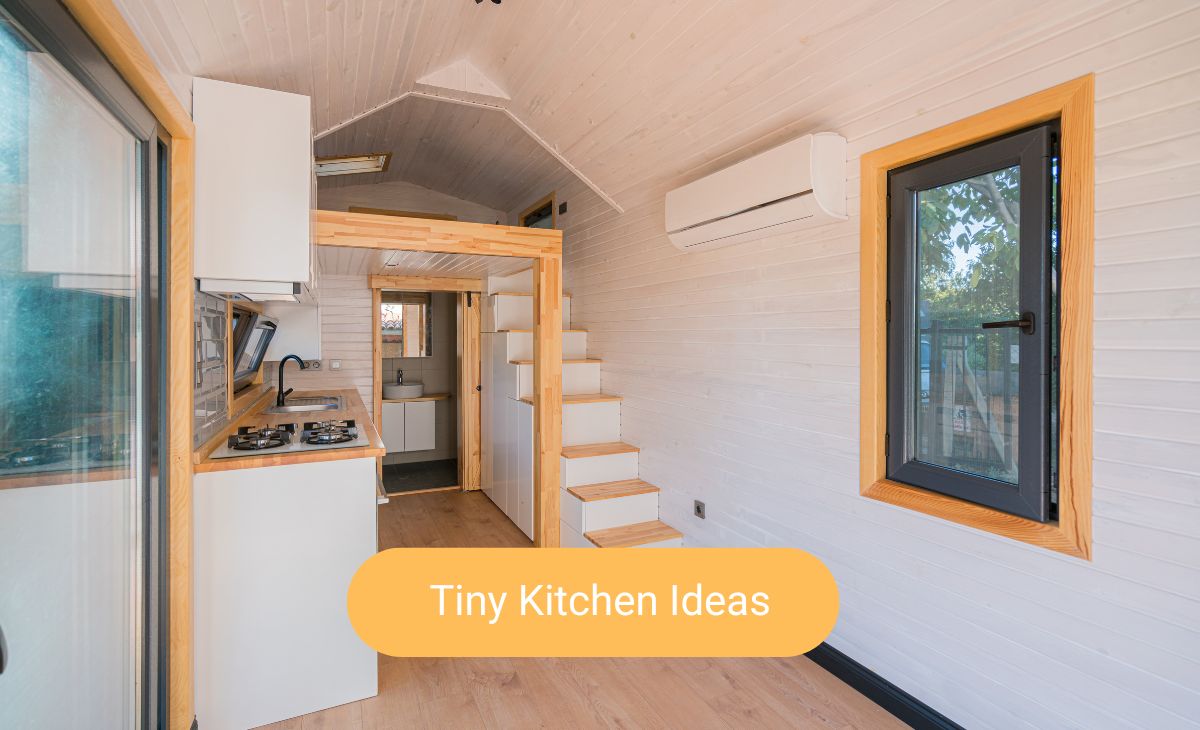Those who are seeking simplicity, a more sustainable lifestyle, or an increased sense of adventure are choosing to live in tiny homes. They offer various advantages and the prospect of undertaking this massive shift is exciting! But, you first need to navigate the legal aspects. This includes zoning and land use regulations, building codes, safety standards, and so much more.
In Australia, these differ for almost every local government, so make sure you check with your local council planning department before you start planning your tiny home. There’s an excellent resource at Fred’s Tiny Homes.
Being aware of these legal frameworks allows you to make informed decisions and enjoy the unique opportunities that these alternative housing options provide.
So let’s get straight to it and dive into the details!
Regulations on Zoning and Land Use
Regulations on zoning and land use have a significant impact on your experience of living in an alternative dwelling, such as a camper van or tiny house. These ordinances determine where and how these alternative housing options can be situated.
Local governments are responsible for enacting zoning rules. They divide the land into distinct zones, each of which has its own set of permitted uses and restrictions. For the purpose of avoiding any legal complications and ensuring a sustainable living arrangement, having an understanding of and complying with these requirements is absolutely necessary.
Impact of Various Zoning Laws
Check the zoning regulations in residential areas to see if they permit tiny homes or camper vans to be used as primary residences before you commit to a specific location. If you are thinking about working or living on agricultural land, you should look into whether or not farm employees or landowners are allowed to have temporary houses or mobile living structures on the property.
Also, don’t forget to check into mixed-use areas. They often offer excellent opportunities to park your tiny house in both commercial and residential zones.
Allowable Places to Park or Live
- Private Property – Consider the viability of placing a tiny home on privately held land. Understand property rights and any potential restrictions that may apply.
- Tiny Home Parks – You can also look into specialized tiny home parks or communities that offer legal locations for people to live in tiny homes with shared amenities.
- RV Parks and Campgrounds – If you want to live in your camper van, one option is to do so in one of the many campgrounds or RV parks that allow both short- and long-term stays.
Dwelling Use Restrictions
- Square Footage Requirement – Be aware of the minimum size requirements for homes in certain zones to ensure that your dwelling complies with the relevant building codes.
- Building on Wheels – It is important to familiarize yourself with the legislation that pertains to mobile homes, as certain jurisdictions impose limitations.
- Permanent or Temporary Dwelling – Identify whether your home falls on either the temporary or permanent dwelling classification, as its category can have an effect on the amount of time an individual is permitted to remain in a given site.
Acquiring Permits and Variances
When applying for zoning permits for tiny homes or camper vans, it is vital to have a thorough understanding of the process, especially the costs and regulations that are associated with it.
Also, you need to make sure you check whether you need a conditional use permit. This is crucial if you want to dwell in an area where camper vans or tiny homes are not expressly allowed.
Should you run into any zoning rules that you simply are unable to fulfill, don’t fret!
It’ll be well worth your time to investigate the potential of acquiring variances in order to make your dream of living in a camper van or tiny house come true.
Navigating Changing Regulations
When it comes to zoning and land use regulations, we suggest you stay informed because they might change over time and have an impact on whether or not tiny homes or camper vans are permitted in your area.
Keep an eye out for any updates, and check in more frequently for any changes that could potentially influence your living arrangement. Don’t hesitate to contact your local planning agency or government officials for clarification on zoning regulations or future changes if you are unsure about either of these topics.
Direct interaction with the authorities can yield helpful insights and ensure that you remain on the right path. Keep in mind that community involvement is a valuable tool! Participate actively in your local community and demonstrate your support for proposed legislative reforms to demonstrate your commitment to advocating for the legal recognition of living in tiny homes and camper vans.
Together, we have the power to make the future of alternative housing options more accessible and inclusive.
Safety Standards
To ensure the health and safety of people living in tiny homes and other compact dwellings, it is of the utmost importance to ensure that these dwellings comply with all applicable building regulations and safety standards.
The local and national authorities are the ones responsible for establishing building codes to govern construction practices and improve safety within buildings. It is impossible to acquire the requisite permits and certifications for legal occupancy without first demonstrating compliance with these standards.
Building Code Compliance for Tiny Homes
- Foundation and Structural Requirements – Analyze the foundation specs and structural requirements required to meet the building code standards for tiny homes.
- Electrical Systems – Familiarize yourself with the requirements of the electrical code for wiring, outlets, and electrical panels in order to guarantee that your electrical installations are safe and in compliance with the code.
- Sanitation and Plumbing – Water supply, drainage, and waste disposal systems in tiny homes have to be installed in accordance with applicable plumbing codes.
Standards of Safety for Camper Van Conversions
- Standards for Vehicle Safety – It is important to make sure that camper van conversions adhere to the safety standards that have been established for such vehicles. These include the use of seatbelts, airbags, and other safety measures.
- Implementation of Fire-Resistant Materials and Safety Measures – The implementation of fire-resistant materials and safety measures in a tiny home can help reduce the risk of a fire.
- Ventilation and Detection of Carbon Monoxide – Installing appropriate ventilation systems along with carbon monoxide detectors is one way to reduce the risk of potential health hazards.
Necessary Certifications and Inspections
- Inspections of Tiny Homes – Have your tiny home inspected by qualified professionals to ensure that it complies with all applicable building laws and regulations.
- Certifications for Recreational Vehicles – Seek certifications from the National Fire Protection Association (NFPA) or the Recreational Vehicle Industry Association (RVIA) for camper van conversions to guarantee that safety requirements are satisfied.
- HUD Compliance – This is applicable for tiny homes on wheels. When it comes to such dwelling units to be utilized as permanent dwellings, make sure that they comply with the criteria set by the United States Department of Housing and Urban Development (HUD).
Insurance Requirements
Determine the sort of insurance coverage that is required for tiny houses that are parked on private land or within tiny home parks as part of your homeowner’s insurance policy.
If you have a camper van, obtain RV insurance that is specifically designed for your vehicle. This type of insurance protects both the vehicle itself and your living space.
Furthermore, It is essential that you have appropriate liability coverage to protect you in the event that you are involved in an accident or someone is injured while using the camper van or tiny home.
Taking Accessibility and Inclusivity into Consideration
- ADA Compliance – When making accommodations for people with disabilities, you should take into consideration the requirements outlined in the Americans with Disabilities Act (ADA).
- The Universal Design Principles – Adopting the principles or concepts of universal design will make it more likely that people of all ages and abilities will be able to access and make use of your tiny home or camper van.
Maintenance and Upgrades
- Regular Inspections – Establish a schedule for regular inspections in order to discover and promptly address any maintenance issues and/or safety concerns.
- Maintain Total Compliance – Maintain an awareness of the latest changes to the building regulations and safety requirements so that you can make the necessary modifications and enhancements as they become necessary.
Utilities and Off-the-Grid Living
It’s an absolute must for those who live in camper vans or tiny homes to have a solid awareness of the various off-grid living options available to them in order to maintain a sustainable and independent way of life.
Those who live in alternative housing options typically prioritize eco-friendliness and independence, so finding dependable sources of power, water, and trash disposal becomes critical.
Water, Electricity, and Sewage Disposal for Tiny Homes
- Water Sources – Examine the various options for gaining access to water, such as hooking up to the municipal water supply, drawing water from a well, or collecting rainwater. Remember to take into account the specific site and the applicable restrictions.
- Electricity – If you are looking for a way to address your electrical needs, you can either connect to the power grid in your area or pursue off-grid alternatives, such as solar panels, wind turbines, or generators.
- Disposal of Sewage – Try to familiarize yourself with the local legislation that governs the various methods of sewage disposal, including connection to sewer systems, septic tanks, and composting toilets.
Guidelines for Alternative Energy Sources and Living Off-Grid
- Incentives for Renewable Energy – Conduct research into the possibility of financial incentives, tax credits, or grants being made available for the installation of renewable energy systems in your camper van or tiny home.
- Permits for Off-Grid Living – Learn and acquire any permits or certificates that may be necessary in order to live off the grid and make use of alternative energy sources.
Graywater Systems and Composting Toilet Regulations
- Composting Toilet – Determine whether or not composting toilets are permitted in your area and obtain any appropriate permits.
- Graywater Systems – Before installing and operating graywater systems for responsible water reuse and recycling, check your local rules and secure the necessary licenses.
Ready to Embrace the Tiny Home or Camper Van Lifestyle?
Local regulations and restrictions that apply to camper vans and tiny homes can be difficult to interpret and navigate. You are required to be familiar with ordinances, including where you are permitted to park and any associated parking limitations.
Fortunately, you can create a harmonious living arrangement that is in compliance with the law by obtaining the required licenses and variances, keeping up to date with any changes that may occur, and having conversations with the local authorities.
Also, your involvement matters! By being proactive and remaining informed, you can help shape the future of tiny home and camper van living. It’s all about getting people to embrace these alternative housing options and encouraging their expansion. Shall we join forces to work on this?


